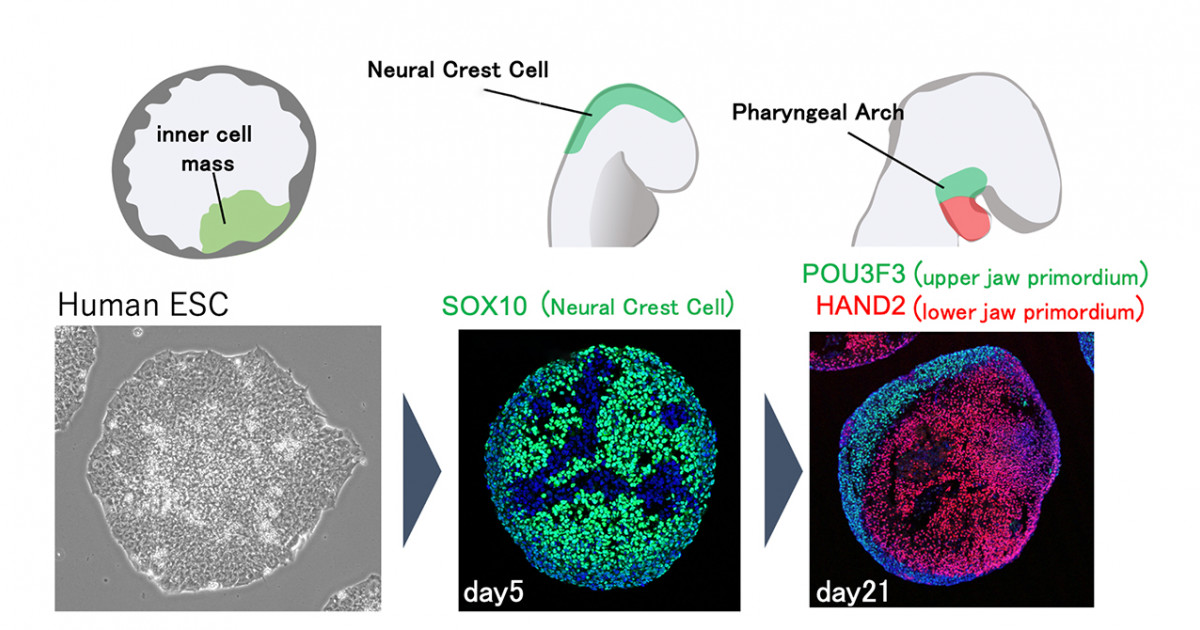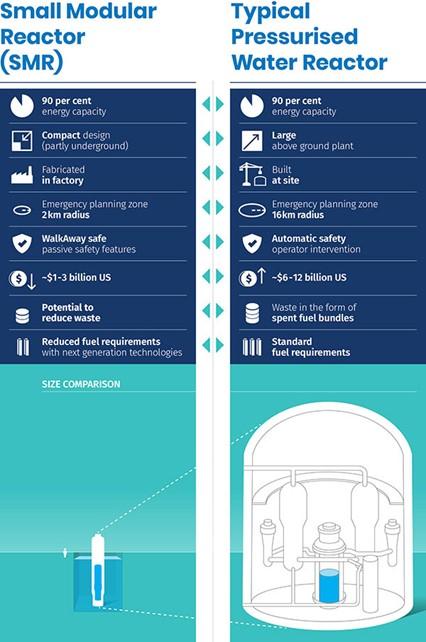COVID-19 has had a devastating impact on public transport use in Australian cities, but the Productivity Commission has warned against knee jerk reactions like free travel or big fare reductions, in a new report.
“Public transport is essential to our cities, but its pricing has been ad hoc. Fares have not been particularly equitable or efficient, and have not kept pace even with the recurrent costs of running our public transport systems,” Productivity Commission Chair Michael Brennan said.
“That has put service quality and frequency at risk, and these are the things that matter most to the users of the system,” Michael Brennan said.
Even before the COVID-19 pandemic, costs were outpacing the growth in fare revenue for most jurisdictions. In some systems, fares do not even cover 10% of operating costs.
“The disruption arising from COVID-19 provides an opportunity to rethink fare levels and structures, and the targeting of concessions. But big, across the board fare reductions — like free public transport — would be a mistake,” Commissioner Paul Lindwall said.
“It would have only a small impact on public transport use, and even less impact on road congestion; it would not necessarily benefit those most in need but would come at a huge cost to state budgets,” Paul Lindwall said.
“Government subsidies for public transport are inevitable, and justified up to a point. But more thought could be given to higher peak fares, shorter peak periods and differential pricing by transport mode,” Chair Michael Brennan said.
The Commission found that fares for buses should be lower than trains and trams to reflect their much cheaper running costs.
Concessional fares could be better targeted to those who genuinely experience disadvantage. Currently, some lowincome welfare recipients get little help, while some highincome people qualify for heavily discounted tickets.
Fares will still need to be discounted so people use public transport rather than cars, which helps to reduce road congestion.
But governments should move to more direct ways of reducing congestion through road pricing and well designed parking levies. The report suggests these are better solutions to the $24 billion dollar cost of road congestion in Australia’s cities in 2018/19.
Over time, new ticketing technologies are emerging that could allow more flexible fares and could help integrate public transport, with ride-share and other evolving transport services.
While most governments are sophisticated in the way they plan public transport services, they generally take a crude approach to pricing. The NSW Independent Pricing and Regulatory Tribunal and Infrastructure Victoria have already developed pricing approaches that could better inform fare setting in all jurisdictions.
The report on Public transport pricing can be found at: www.pc.gov.au
Fares vs operating costs across jurisdictions
Jurisdiction | Fare revenue vs operating costs (%) | ||
2018-19 | 2019-20 | 2020-21 | |
Sydney | 33.1 | data not available | data not available |
Melbourne | 25.8 | 20.6 | 9.6 |
Brisbane | 17.6 | 14.1 | data not available |
Adelaide | 24.5 | 20.8 | data not available |
Perth | 26.5 | 21.5 | data not available |
Hobart | 26.3 | 20.4 | data not available |
Darwin | 11.2 | 7.4 | 7.3 |
Canberra | 14.8 | 9.8 | 7.7 |
Key points | |
Subsidising public transport is necessary because of its role as a human service that aims to provide affordable transport to most people. Subsidies can also be justified on efficiency grounds, not least because of their role in partially addressing road congestion and in meeting the large fixed costs of transport networks. | |
However, most jurisdictions use relatively simple and ad hoc approaches to setting fares and subsidies, which do not systematically address either equity or efficiency goals. Fares often do not change from year to year or only increase with inflation. | |
Consequently, public transport fares have become decoupled from costs, with the risk that governments’ budgetary comfort zones will be breached, jeopardising future service quality, which is the most important driver of patronage. | |
Better pricing would recognise that peak charges should be higher and timed to make improved use of transport assets, prices should better reflect that buses are less costly than trains, and longer distances travelled should come with higher prices. | |
Avoidable road congestion in Australia’s cities cost an estimated $24 billion in 201819 and, unless countered, will grow by an estimated 45 per cent by 202930. Lower public transport pricing partly assuages congestion, but road user charges are a much better solution for road congestion and would make peak pricing on public transport more effective for demand management. Judiciously applied parking levies would also help and can be introduced now. | |
At current subsidised levels, most people can afford public transport. However, concessions are inadequately targeted. Some people experiencing disadvantage cannot access concessional fares, while some highincome customers are eligible for generous discounts. | |
The disruption to public transport arising from COVID19 provides a few years of breathing space for jurisdictions to re appraise pricing structures and levels, and to transition to new models. The NSW Independent Pricing and Regulatory Tribunal (IPART) and Infrastructure Victoria have already developed pricing approaches that could usefully be replicated — to varying degrees — in all jurisdictions. | |
IPART, in particular, has a unique role in providing transparent rigorouslybased pricing advice to the NSW Government. Other jurisdictions, particularly larger ones, could benefit from a similar arrangement. | |
The temptation to lower prices in the period before a resumption of normality in public transport use would merely savage revenue by more and would be an ineffectual way of increasing patronage. Fear trumps a few dollars of ticket discounts. | |
[MORE]
Fares vs operating costs across jurisdictions
Jurisdiction | Fare revenue vs operating costs (%) | ||
2018-19 | 2019-20 | 2020-21 | |
Sydney | 33.1 | data not available | data not available |
Melbourne | 25.8 | 20.6 | 9.6 |
Brisbane | 17.6 | 14.1 | data not available |
Adelaide | 24.5 | 20.8 | data not available |
Perth | 26.5 | 21.5 | data not available |
Hobart | 26.3 | 20.4 | data not available |
Darwin | 11.2 | 7.4 | 7.3 |
Canberra | 14.8 | 9.8 | 7.7 |








